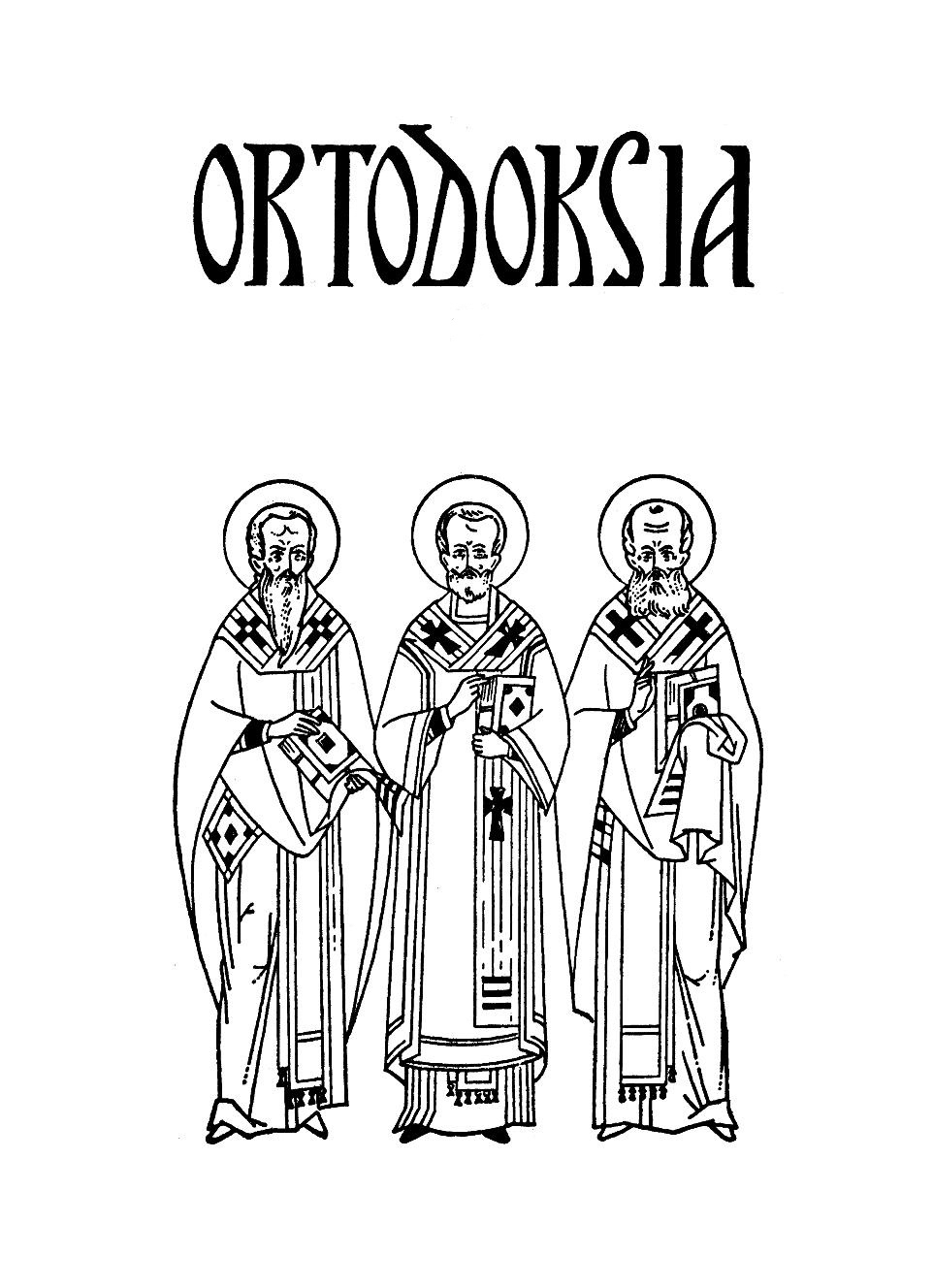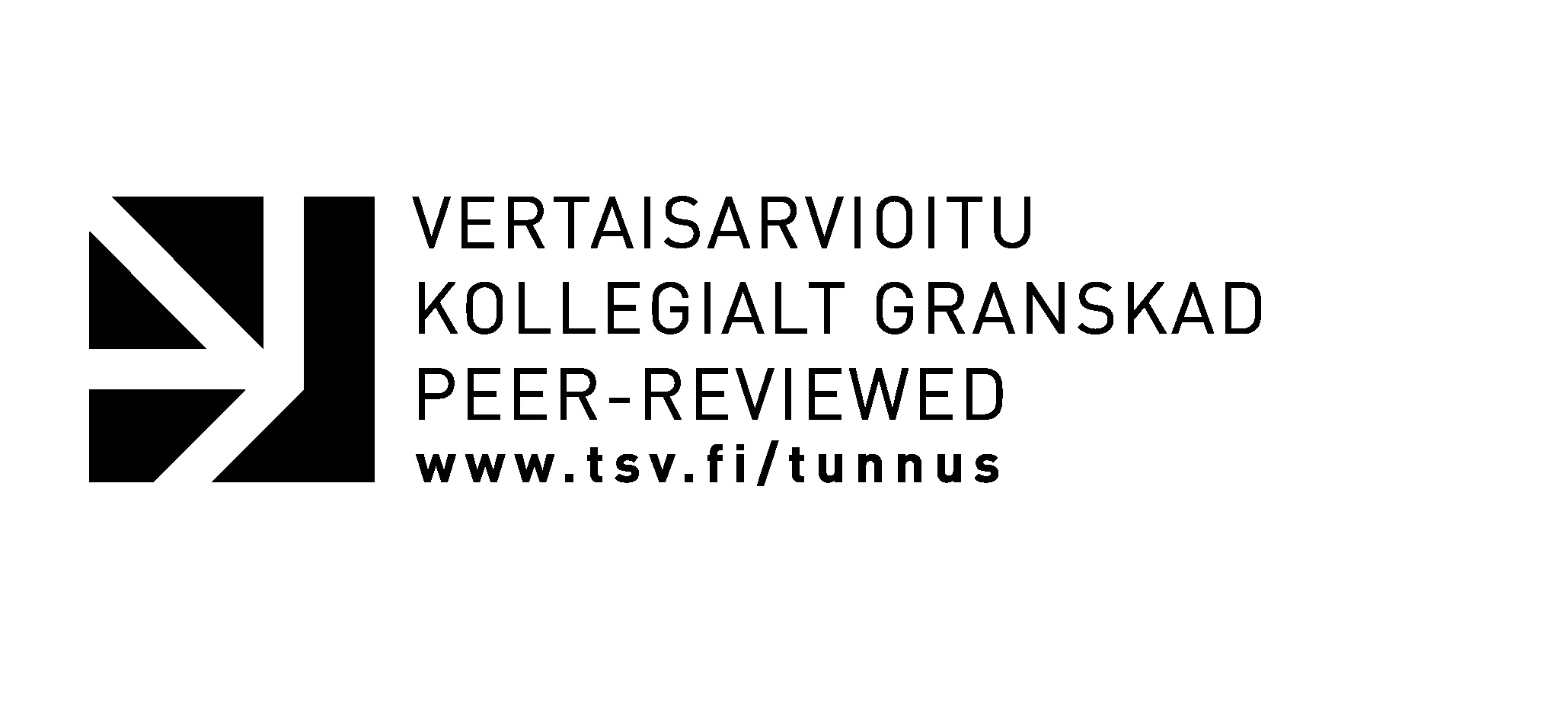Bysanttilaisen hymnografian kääntäminen suomen kielelle ja pyhän Andreas Kreetalaisen Suuri katumuskanoni
Abstrakti
The present paper deals with the translation techniques of Byzantine hymnography in the Finnish language. After an overview of previous studies on liturgical translations not only in Finnish but also in other European languages, the author turns to discuss different aspects that need to be taken into consideration during the translation process. More concretely, attention is drawn to the problems of source material and the lack of textual criticism of hymnography. Moreover, translators should be aware of different schools of thought in translation sciences: no studies on translations of Orthodox liturgical texts have thus far recognized this issue.
A major issue, particularly prominent in hymnography, is the question of metre and other rhetorical devices employed by Byzantine hymnographers. It has been taken for granted that metre should not be conveyed in the Finnish translations, but this creates problems when these texts are used in the Byzantine chant tradition. Therefore, the new situation of eclectic church singing practice poses challenges for the liturgical translations.
Another problem, especially challenging for the Orthodox Church of Finland, is the question of intertextual structures between liturgical texts and the Scriptures. The Finnish Church employes Bible translations produced by the Evangelical Lutheran Church of Finland, often deviating from the traditional interpretation of the Eastern Church. Therefore, intertextual references in hymnography to the Scriptures are difficult to render, if the translator is supposed to be faithful to the assigned biblical translation.
In order to demonstrate some of these problems in practice, the author presents monk Damaskinos’ new translation of the Great Canon by Andrew of Crete. A comparison between the established translation by Johannes Seppälä, dating to 1976, and the original Greek reveals inconsistencies in theological vocabulary. Moreover, there are issues concerning the fluency of the language. In order to fill in this lacuna, the new translation aims at a semantically more consistent translation, faithful to the original Greek, but also idiomatically more Finnish and easier for the audience to comprehend. The ascetic vocabulary, particularly prominent for the Great Canon, is reflected to the Finnish translation of the Philokalia by nun Kristoduli.
Finally, the author argues that there is a lack of a consistent method for translating liturgical texts into Finnish. A collaborative effort is needed in order to achieve a common understanding of what should be cherished in the Finnish rendering of an originally Greek text in order to convey its meaning to the faithful in the best possible way. The new translation of the Great Canon by monk Damaskinos, while by no means a perfect work of translation, is a step forward on this path.



